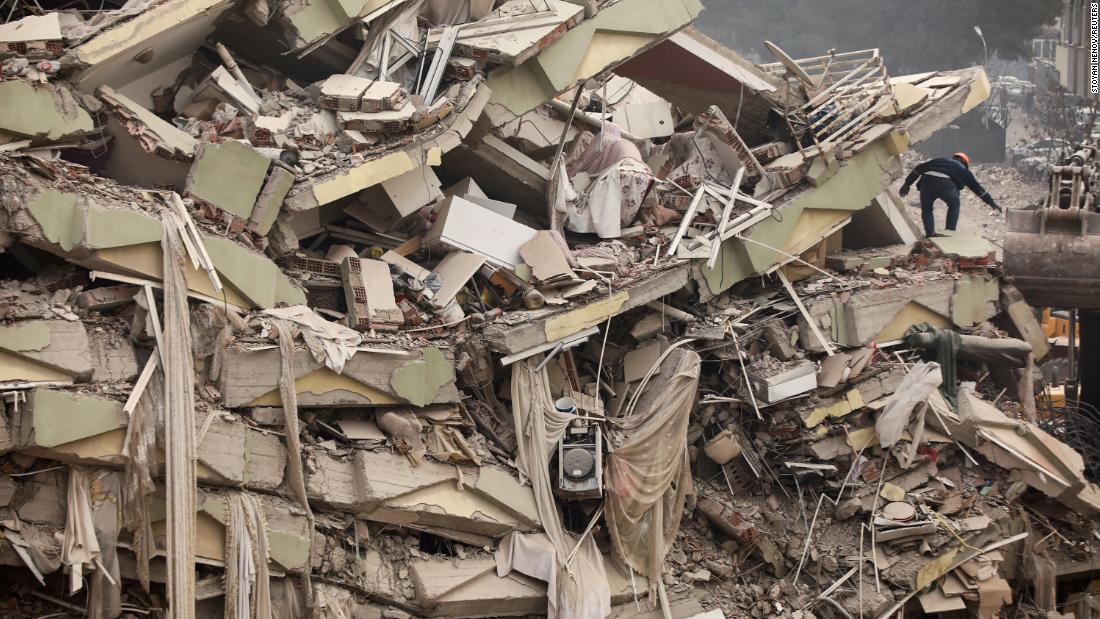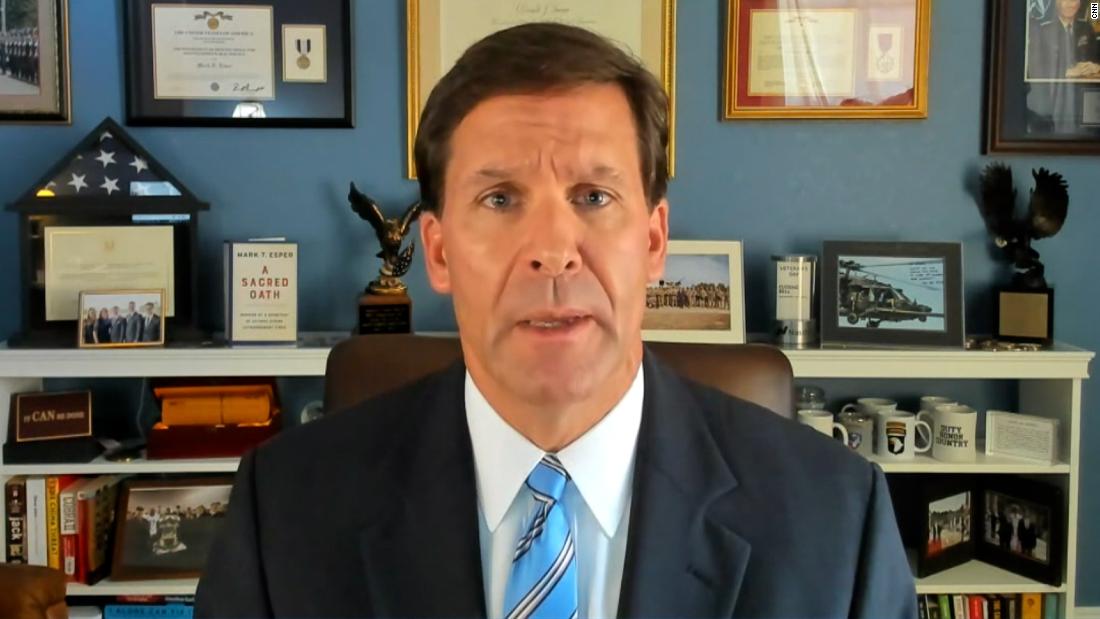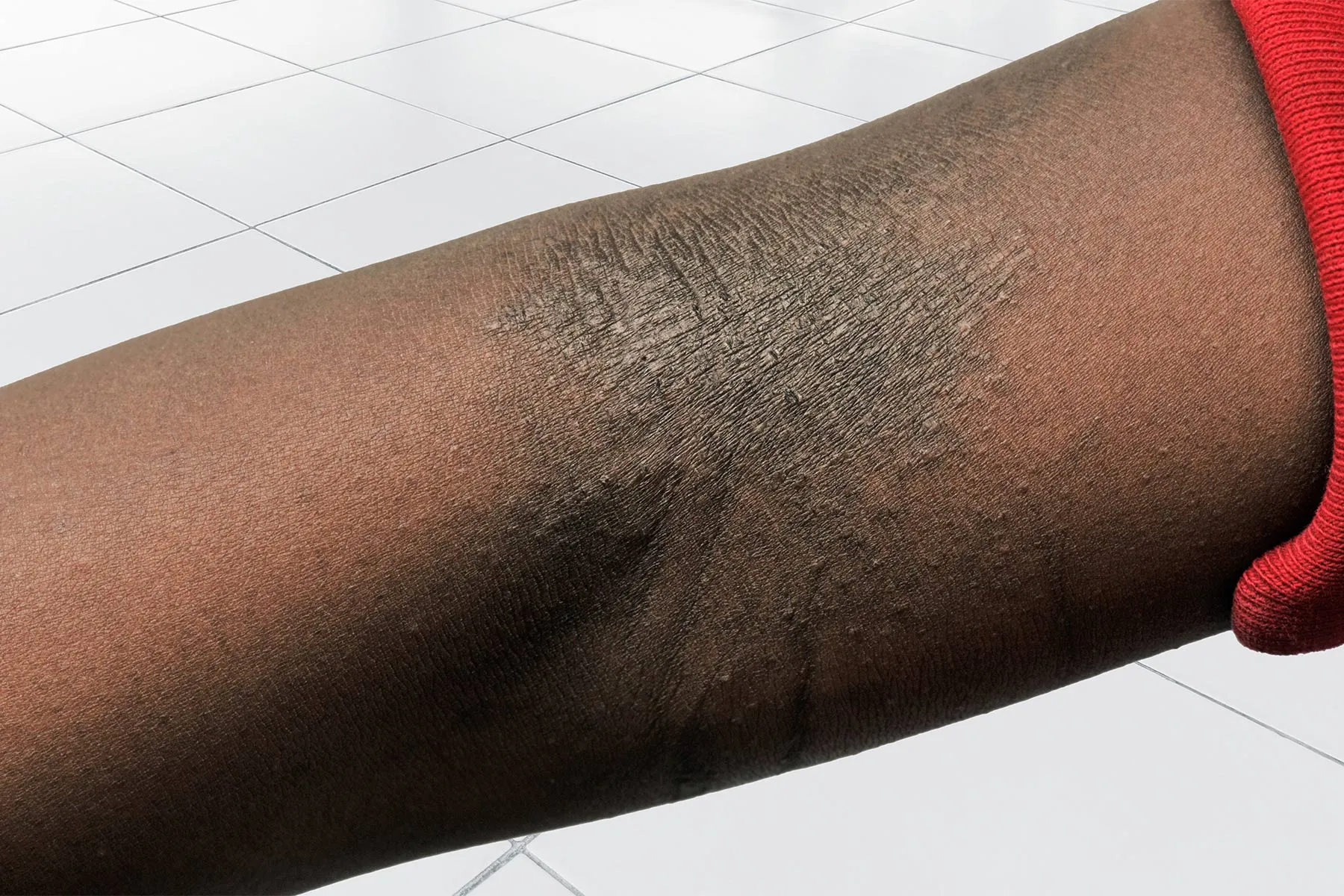What COVID-19 Can Teach Us About Curbing Gun Violence
Will policymakers make the same mistake dealing with rising violence as their predecessors had with pandemic disease? Will they prematurely abandon what works?

What can the criminal justice system learn from the COVID-19 pandemic?
The Centers for Disease Control and Prevention (CDC) has begun to relax health guidelines. In fact, some states have “fully reopened.”
Even as President Joe Biden has acknowledged that his July 4 goal of vaccinating 70 percent of Americans will fall short, many other states are planning for a return to normalcy.
The RAND Corporation created a COVID-19 model to analyze what could happen with coronavirus deaths in the United States if the restrictions—capacity limits on businesses, closed schools, mask mandates—all go away on July 4.
Based on RAND’s model, fully reopening an economy before the target is met would double the average number of COVID-19 deaths between Independence Day and the end of the year.
We know from history that relaxing in the face of a pandemic is deadly.
Pittsburgh’s experience during the 1918 Spanish flu offers some insight.
According to Eric Jaffe’s Blog, Sidewalk Talk:
Motivated largely by political factors and local business interests, Pittsburgh leaders pushed for an end to its gathering ban before the state health department believed it was safe to do so. As a result Pittsburgh suffered a devastating second wave of the Spanish flu. The city ended with “the worst rate of ‘excess’ deaths among American cities: 807 per 100,000 people.
Will policymakers make the same mistake dealing with violence as their predecessors had with pandemic disease—prematurely abandoning what works?
In 2019, crime rates were at historic lows. Then came the call to “defund the police; empty the jails; abolish the death penalty; and generally be less punitive.”
The bigger concern is not treating gun violence in this country as a public health crisis and doing the necessary research to find out what works and what doesn’t.
Megan L. Ranney, MD MPH, an emergency physician and Associate Dean of Strategy and Innovation at the Brown University School of Public Health wrote in TIME this spring: “We must meet this challenge [gun violence] by approaching firearm injury as a public health epidemic, rather than a debate about gun rights or control.”
The nation is now in the midst of a historically large increase in murder.
According to The Intercept, the largest recorded one-year rise in murders in U.S. history was a 12.7 percent increase in 1968. Last year, data from law enforcement agencies released by the FBI, running through September, shows murders up 21 percent nationally.
According to The Atlantic, at the beginning of the 21st century, homicide began a substantial decline resulting in a 42 percent drop nationwide, as compared to the mid-1980s. For instance, murders plummeted by 75 percent in New York City alone. Crime rates continued to fall, making America’s streets the safest they had been since crime rates were first recorded.
The ‘Era of Lawfulness’
What was astonishing about this era of “lawfulness” was that no one could pinpoint why it was happening. The theories were endless—more police on the streets; the demise of crack cocaine; increased incarceration; abortion; the eradication of lead-based products; and the fortification of American homes.
However, there’s no real consensus among scholars about what caused crime rates to plummet.
How can that be?
For one thing, in 1996, the Dickey Amendment was passed. The amendment, introduced by then-Rep. Jay Dickey (R-Ark), required that “none of the funds made available for injury prevention and control at the Centers for Disease Control and Prevention (CDC) may be used to advocate or promote gun control.”
According to Dr. Ranney:
[G]overnment-funded research on the public health approach to firearm injury prevention has been 50-100 times smaller by dollars spent than for diseases and injuries that kill a similar number of people. And that means that we have had no reliable data on gun injuries, and minimal data on deaths.
If we don’t know why violent crime fell, how will we ever figure out why it’s climbing— and climbing fast?
Robert Boyce, the retired chief of detectives for the New York Police Department, told The Atlantic, the yearlong push to reform, defund and, in some instances, abolish the police in the wake of George Floyd’s killing has cast a cloud over the nation’s police departments.
Some criminologists suggest the spike in violence is due to the hesitancy among residents to turn to the police for help. Others suggest that the police, fed up with the negative feedback form the public and the media, have begun to drag their feet, slowing the process of responding and investigating crime.
“When police legitimacy is greatly reduced, you get more crime because people are no longer relying on the criminal justice system for assistance,” Richard Rosenfeld, a criminologist at the University of Missouri-St. Louis, told The New York Times.
“People are less willing to cooperate with police in investigations, less willing to report crimes or other problems to the police, and more willing to take matters into their own hands.”
Miami Police Chief Art Acevedo said recently on CBS’s Face the Nation, “I am very sad to say that this summer is going to be a long summer for the American people.”
We may not be able to do much about this summer, but we can start by acknowledging gun violence as a public health crisis.

Matthew T. Mangino
This year, after more than three decades, resources are returning to the CDC for the study of gun-related violence.
For the last 18 months Americans have been admonished to follow the science. That’s apt advice for the criminal justice system as well.
Matthew T. Mangino is of counsel with Luxenberg, Garbett, Kelly & George P.C. in New Castle, PA. He is the author of The Executioner’s Toll, 2010. You can reach him at www.mattmangino.com and follow him on Twitter @MatthewTMangino.

 Landwebs
Landwebs 























